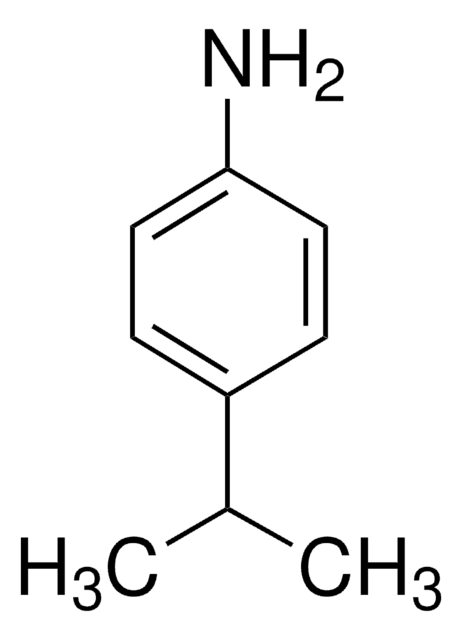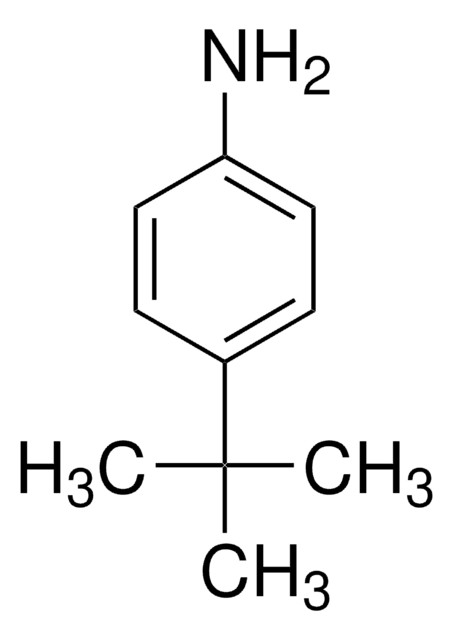203122
Copper
powder, 99.999% trace metals basis
Synonym(s):
Cu powder
Sign Into View Organizational & Contract Pricing
All Photos(2)
About This Item
Empirical Formula (Hill Notation):
Cu
CAS Number:
Molecular Weight:
63.55
EC Number:
MDL number:
UNSPSC Code:
12141711
eCl@ss:
38150101
PubChem Substance ID:
NACRES:
NA.23
Recommended Products
Assay
99.999% trace metals basis
form
powder
resistivity
1.673 μΩ-cm, 20°C
bp
2567 °C (lit.)
mp
1083.4 °C (lit.)
density
8.94 g/mL at 25 °C (lit.)
SMILES string
[Cu]
InChI
1S/Cu
InChI key
RYGMFSIKBFXOCR-UHFFFAOYSA-N
General description
Copper powder, 99.999% trace metals basis, is a fine powder that is typically red-brown in color. It is often produced through the reduction of copper oxide or other copper compounds using hydrogen or other reducing agents. Our powder is highly pure, with less than 15 ppm impurities such as lead, arsenic, and bismuth, making it suitable for a wide range of industrial and commercial applications. Copper is valued for its excellent electrical and thermal conductivity, high ductility, and resistance to corrosion.
Application
High-purity copper powder is used in a variety of applications, such as in the production of electrical components and conductive coatings and as a catalyst in chemical reactions. Additionally, copper powder can be used in the production of various alloys and as a raw material for powder metallurgy.
Features and Benefits
Our 99.999% pure copper powder is useful in the electronics and chemical industries where purity matters most.
✔ Consistent quality
✔ Ultra high purity
✔ Available to scale up: bulk and pilot scale
✔ Consistent quality
✔ Ultra high purity
✔ Available to scale up: bulk and pilot scale
Signal Word
Danger-Danger
Hazard Statements
Hazard Classifications
Aquatic Acute 1 - Aquatic Chronic 1 - Flam. Sol. 1
Storage Class Code
4.1B - Flammable solid hazardous materials
WGK
WGK 2
Flash Point(F)
212.0 °F
Flash Point(C)
100 °C
Personal Protective Equipment
dust mask type N95 (US), Eyeshields, Gloves
Certificates of Analysis (COA)
Search for Certificates of Analysis (COA) by entering the products Lot/Batch Number. Lot and Batch Numbers can be found on a product’s label following the words ‘Lot’ or ‘Batch’.
Already Own This Product?
Find documentation for the products that you have recently purchased in the Document Library.
Customers Also Viewed
Hiroshi Sato et al.
Science (New York, N.Y.), 343(6167), 167-170 (2013-12-18)
Carbon monoxide (CO) produced in many large-scale industrial oxidation processes is difficult to separate from nitrogen (N2), and afterward, CO is further oxidized to carbon dioxide. Here, we report a soft nanoporous crystalline material that selectively adsorbs CO with adaptable
Seonah Kim et al.
Proceedings of the National Academy of Sciences of the United States of America, 111(1), 149-154 (2013-12-18)
Lytic polysaccharide monooxygenases (LPMOs) exhibit a mononuclear copper-containing active site and use dioxygen and a reducing agent to oxidatively cleave glycosidic linkages in polysaccharides. LPMOs represent a unique paradigm in carbohydrate turnover and exhibit synergy with hydrolytic enzymes in biomass
Seiko Ishida et al.
Proceedings of the National Academy of Sciences of the United States of America, 110(48), 19507-19512 (2013-11-13)
Copper is an essential trace element, the imbalances of which are associated with various pathological conditions, including cancer, albeit via largely undefined molecular and cellular mechanisms. Here we provide evidence that levels of bioavailable copper modulate tumor growth. Chronic exposure
R Squitti et al.
Neurology, 67(1), 76-82 (2006-07-13)
To assess whether serum copper in Alzheimer disease (AD) correlates with cognitive scores, beta-amyloid, and other CSF markers of neurodegeneration. The authors studied copper, ceruloplasmin, total peroxide, and antioxidants levels (TRAP) in serum; beta-amyloid in plasma; and copper, beta-amyloid, h-tau
Stephen G Kaler et al.
The New England journal of medicine, 358(6), 605-614 (2008-02-08)
Menkes disease is a fatal neurodegenerative disorder of infancy caused by diverse mutations in a copper-transport gene, ATP7A. Early treatment with copper injections may prevent death and illness, but presymptomatic detection is hindered by the inadequate sensitivity and specificity of
Our team of scientists has experience in all areas of research including Life Science, Material Science, Chemical Synthesis, Chromatography, Analytical and many others.
Contact Technical Service






